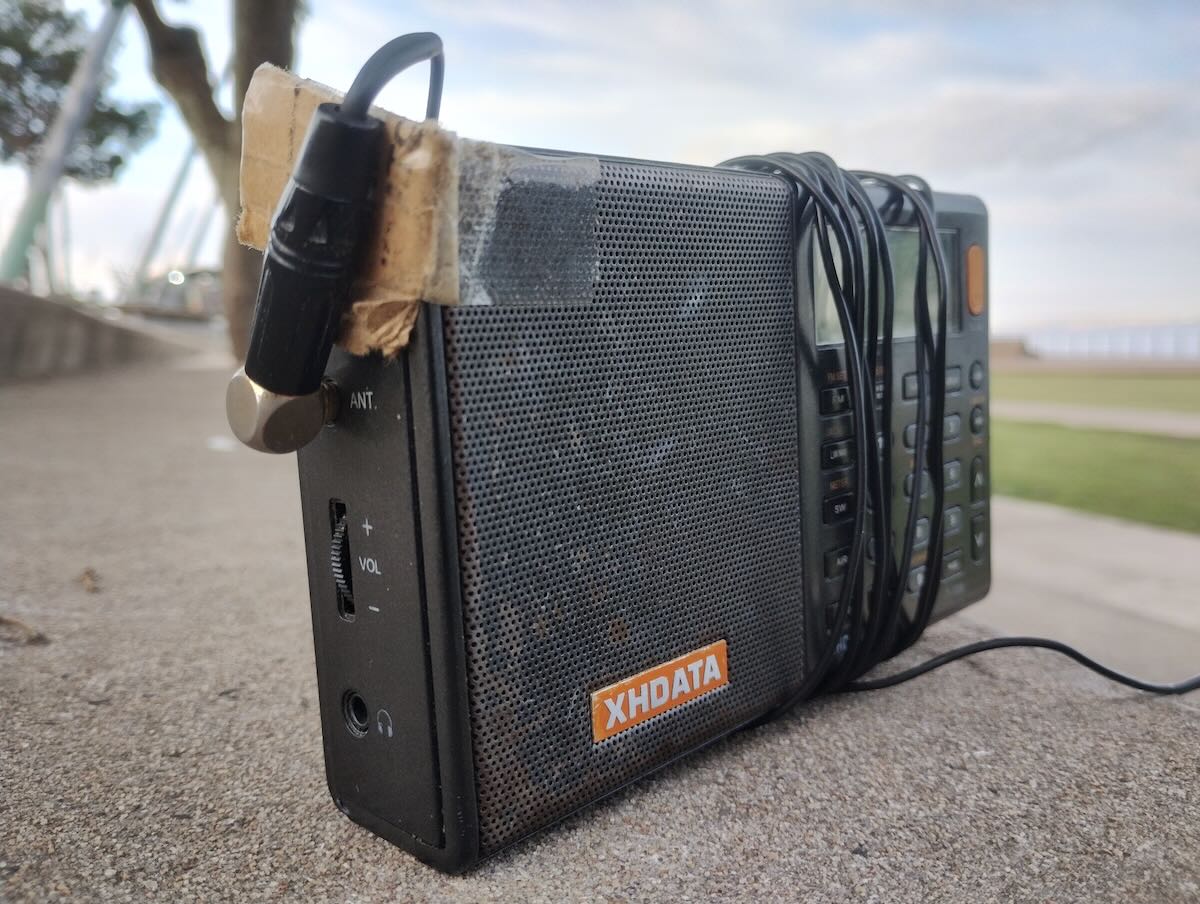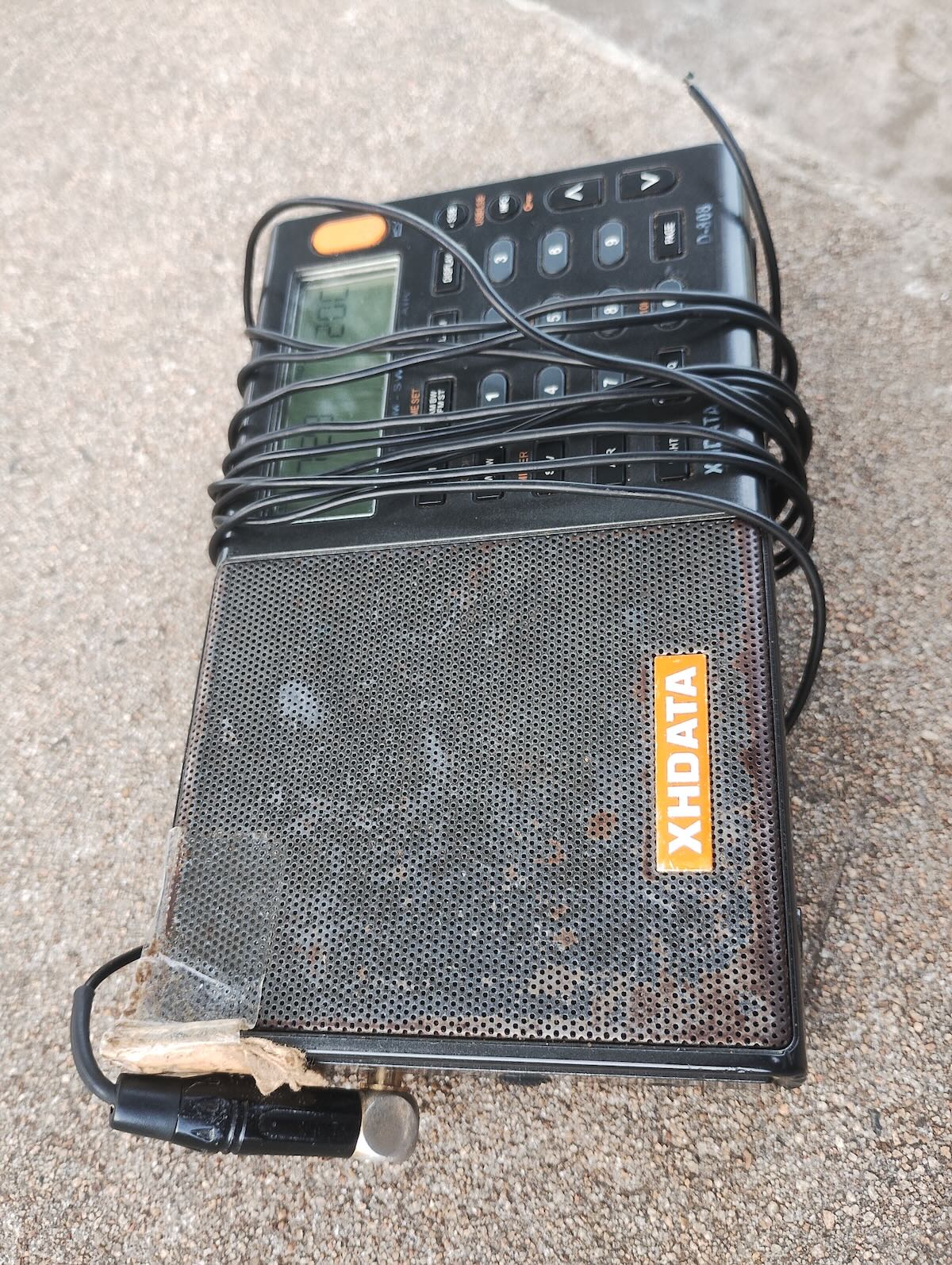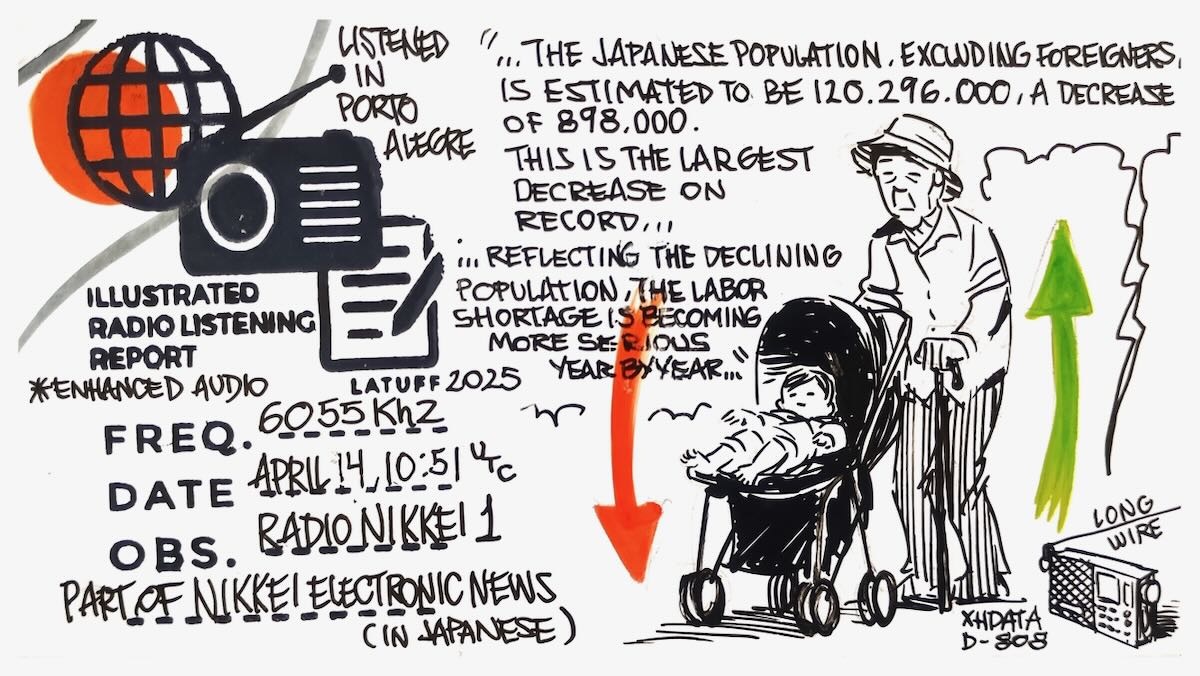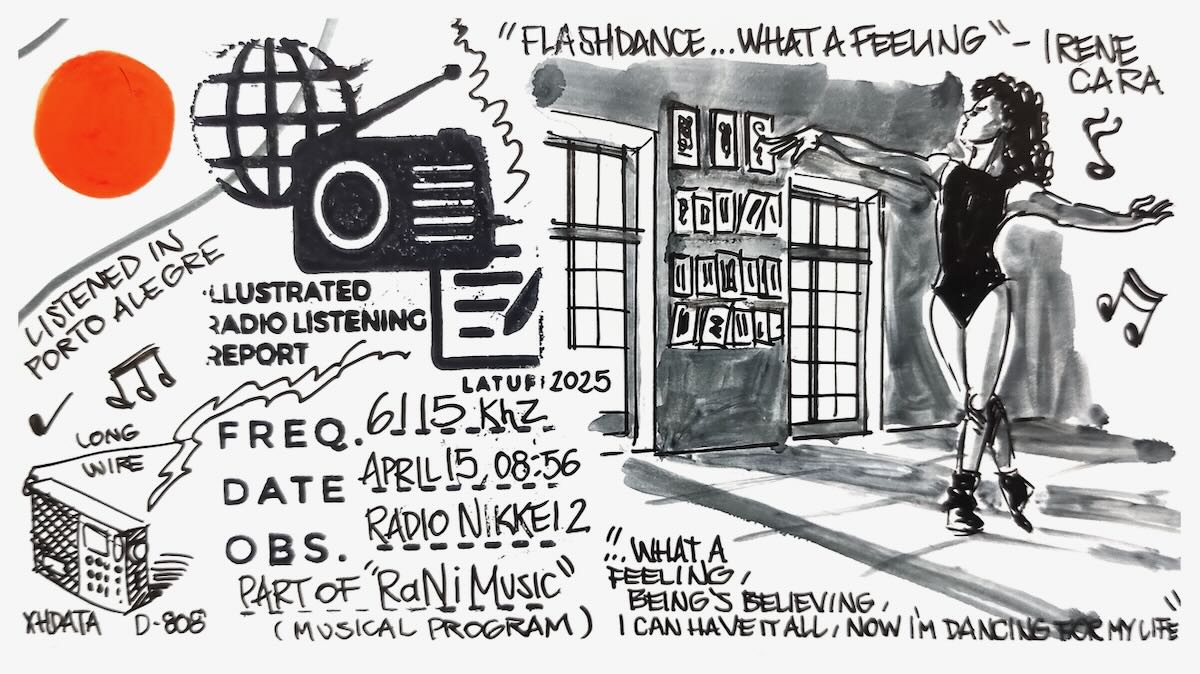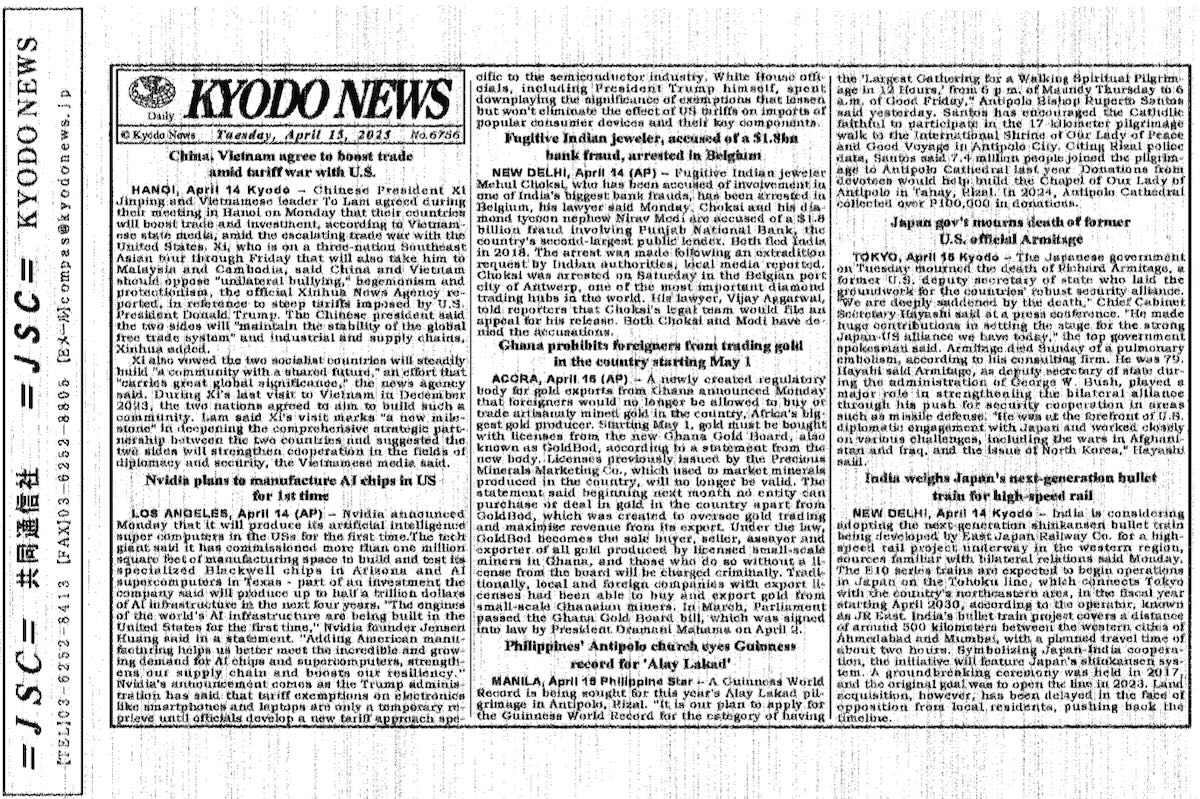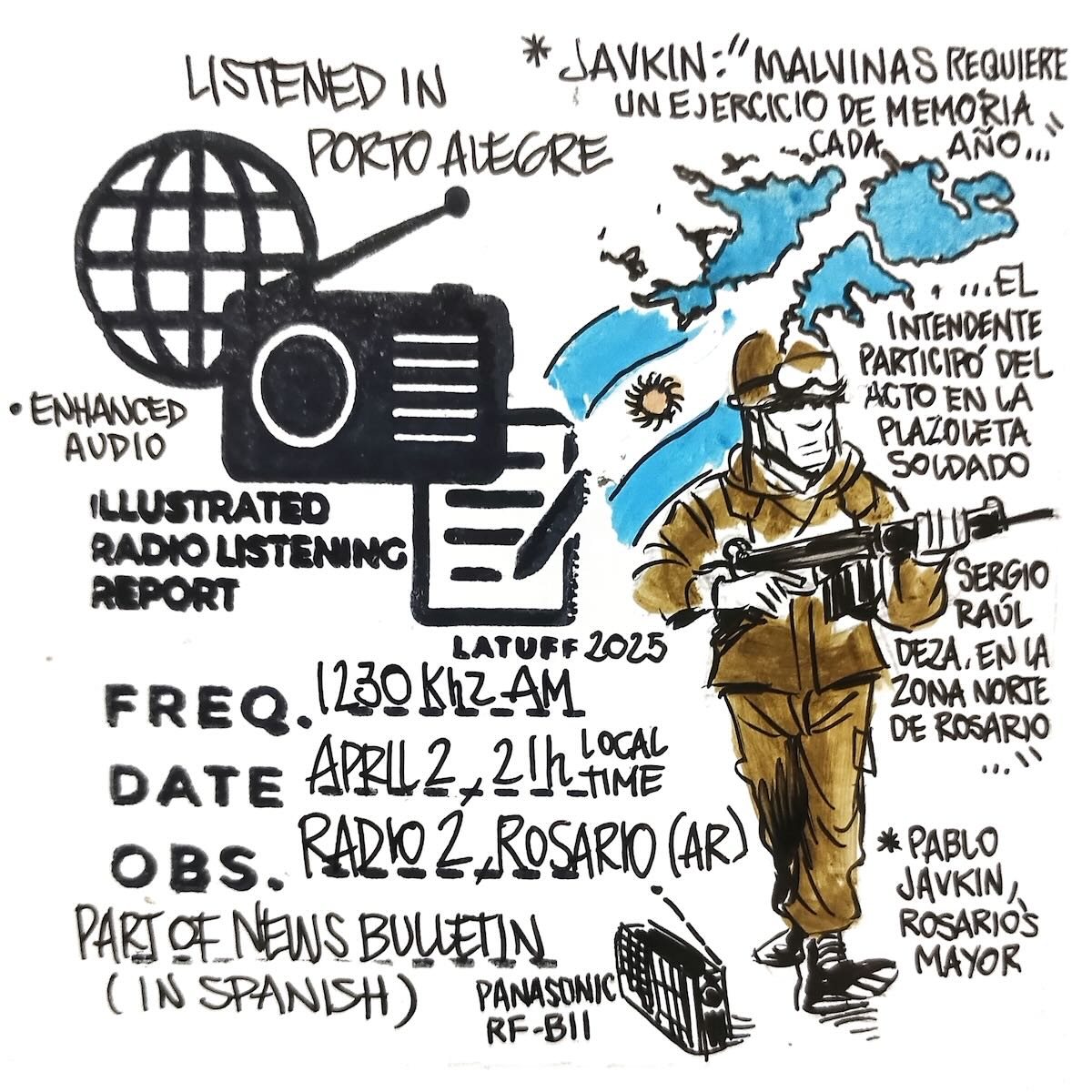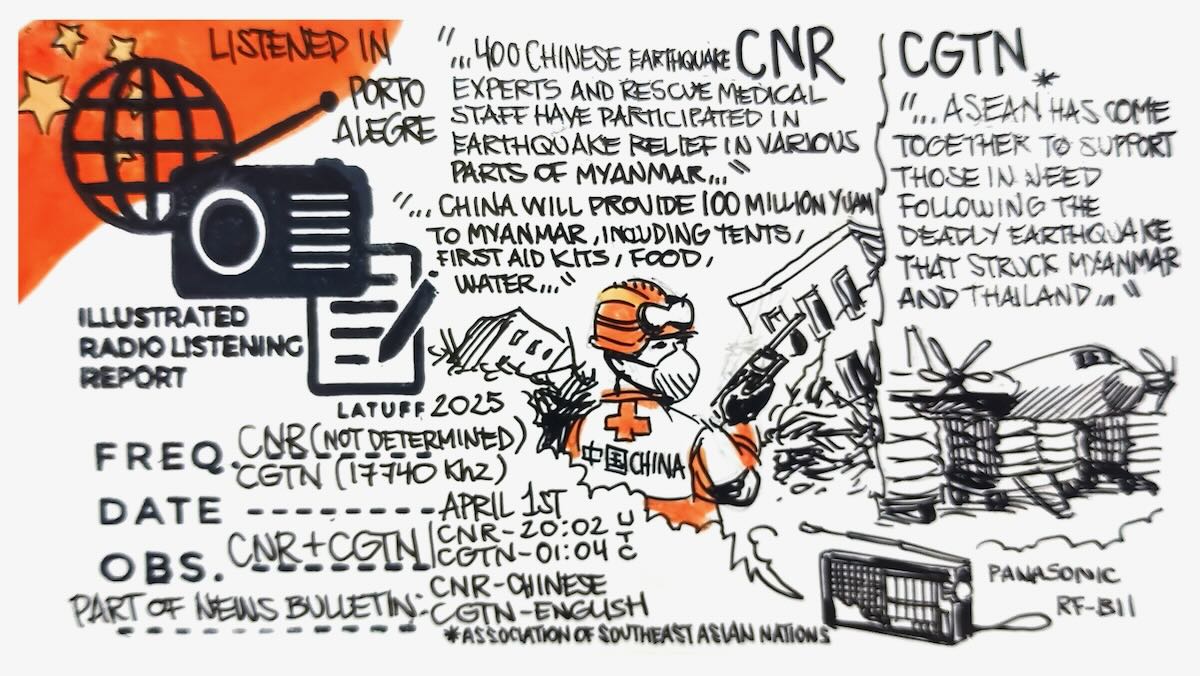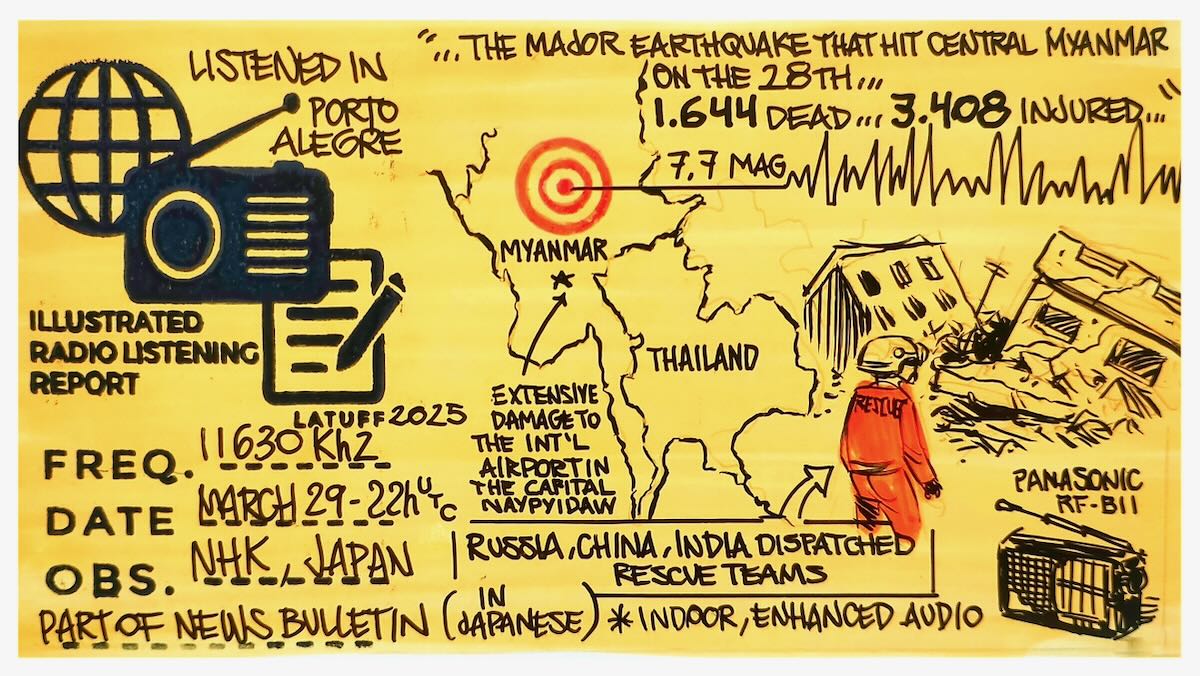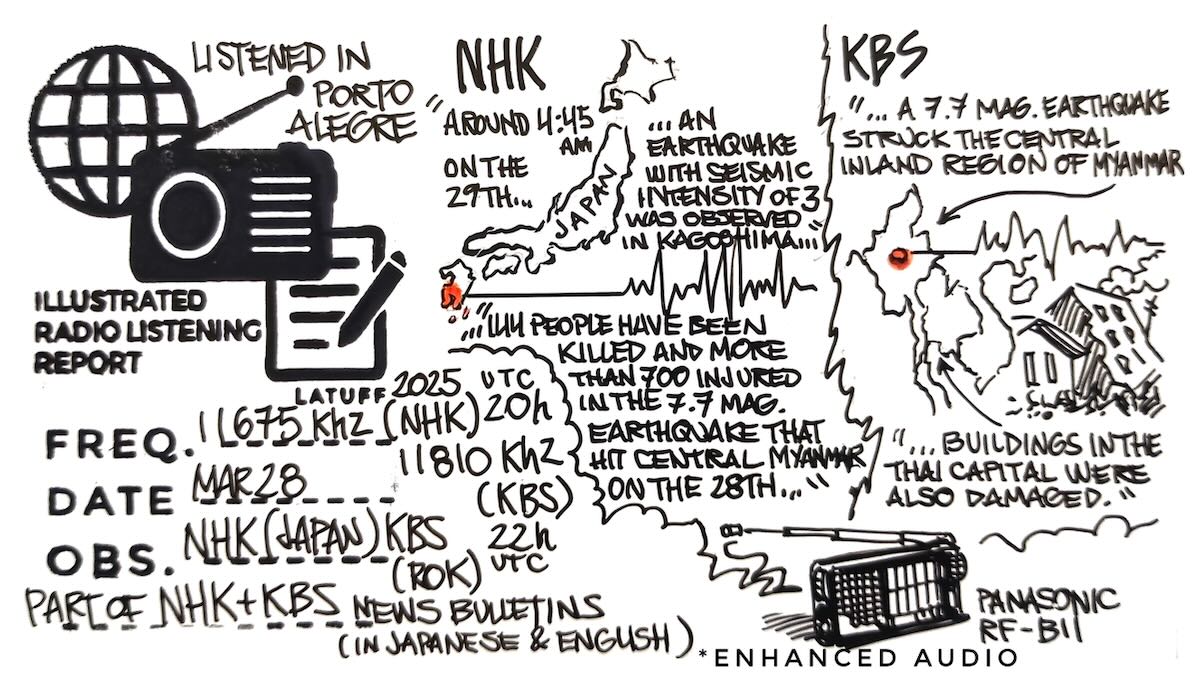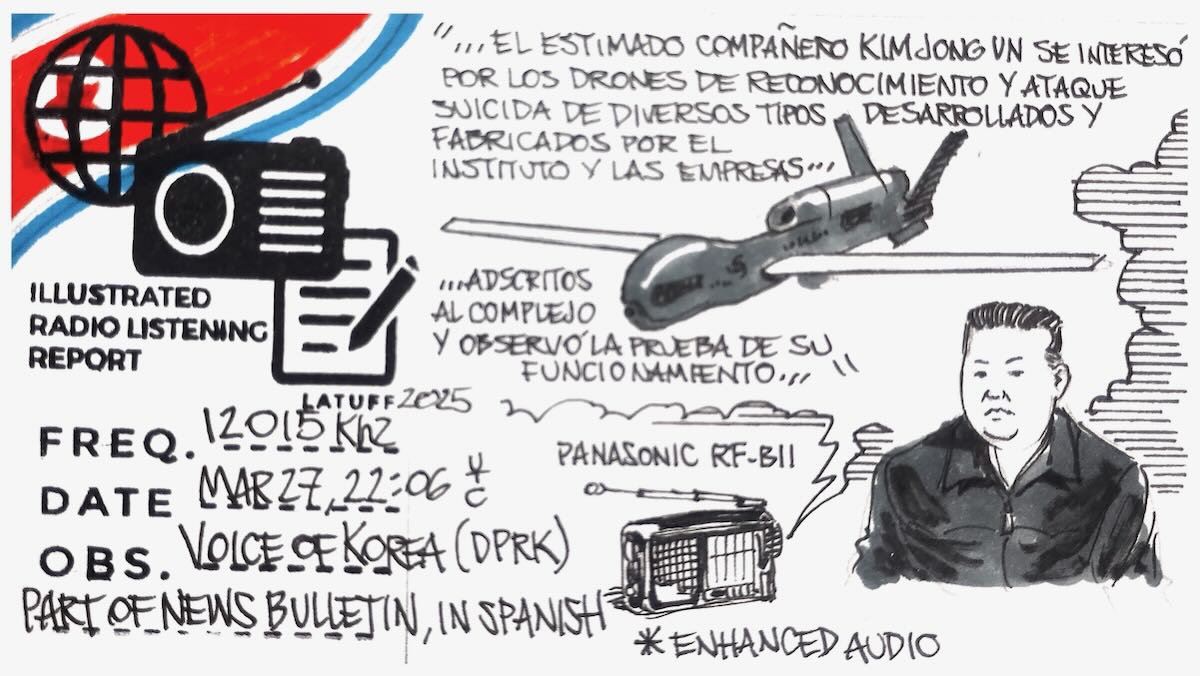Many thanks to SWLing Post contributor Carlos Latuff, who shares the following guest post:
“The Beast”
Since December 2020, when the COVID-19 pandemic was at its height, I have had an inseparable companion: the XHDATA D-808 radio.
This receiver has accompanied me in many situations, on the beach, in the countryside, in light rain, in cold and hot weather, and its durability has been more than proven, which is why I affectionately named my radio set “The Beast”.
I have received everything with this receiver, from military and clandestine transmissions to radiofax of weather reports and news (Kyodo News). The selectivity and sensitivity of this model are useful for both DXers and radio listeners eager for news (like me). Since this is my field radio, “The Beast” has already lost its antenna (I currently use a 3-meter long wire), and has scratches and marks resulting from several falls. And it continues to work perfectly. Even the battery remains the same.
I don’t use FM much, my focus has always been on MW and SW, bands where the XHDATA D-808 has shown excellent reception. Maybe it’s time to buy a new model, but I’m reluctant to retire my beloved “The Beast”, since, even after so many years of continuous usage, this receiver continues to serve me very well.
I usually use other Japanese-made models from the 80s and 90s, but without a doubt, the China-made XHDATA D-808 has proven to be unbeatable. Here are some recent listenings made with this transistorized wonder.
Radio Nikkei 1
Radio Nikkei 2
(April 15) Kyodo News English Edition, received via radiofax in Porto Alegre, 16970 kHz:
China, Vietnam agreed to boost trade, Nvidia plans to manufacture AI chips in US, fugitive India jeweler arrested in Belgium, Ghana prohibits foreigners from trading gold, Philipines’ Antipolo church eyes Guiness, Japan govt mourns death of former US officer, India weighs Japan’s next generation of bullet train.
“Voice of the People”, clandestine radio station operated by the South Korea’s intelligence service, 4560 kHz, April 15, 10h03 UTC, listened in Porto Alegre (enhanced audio):

